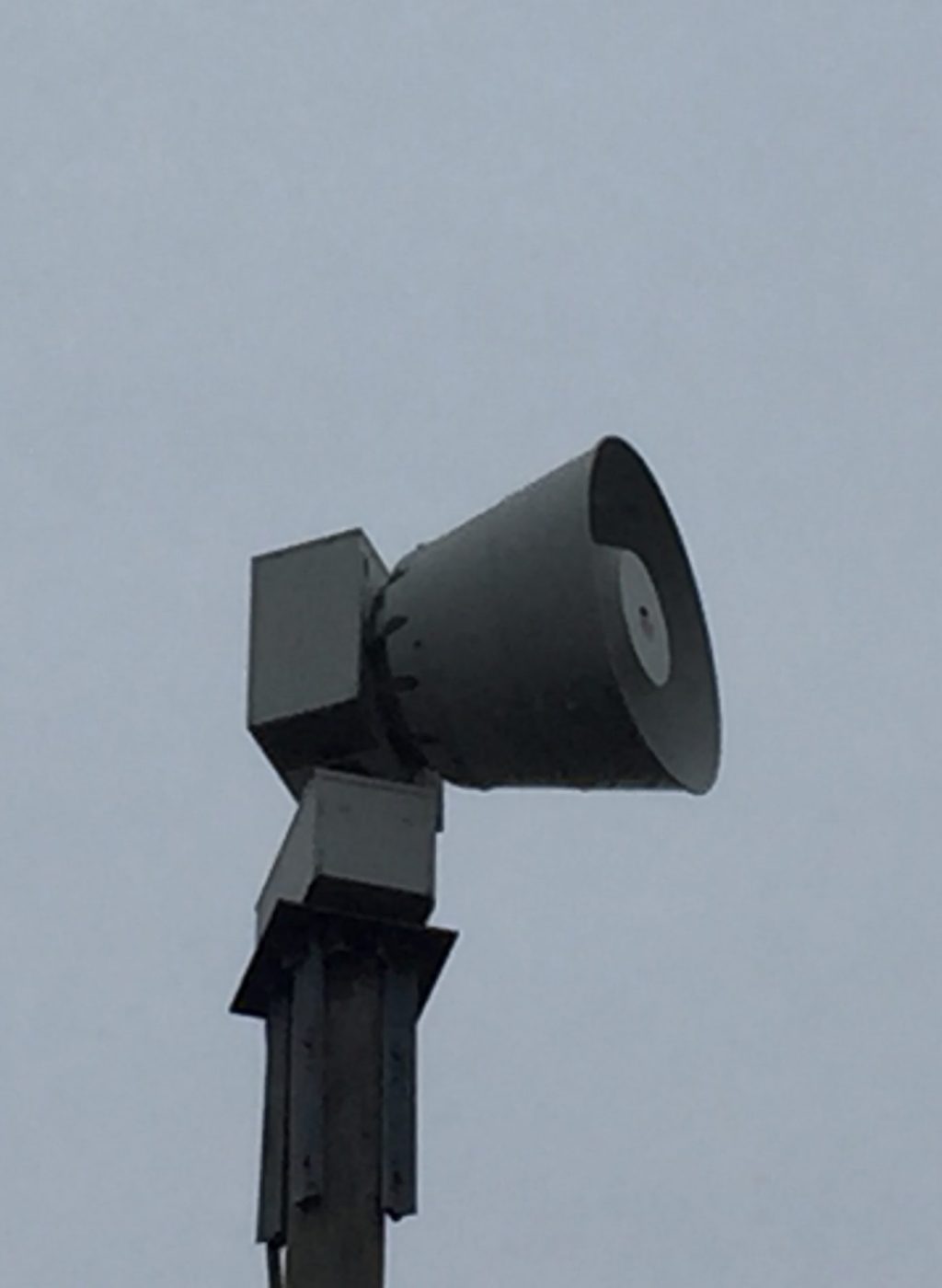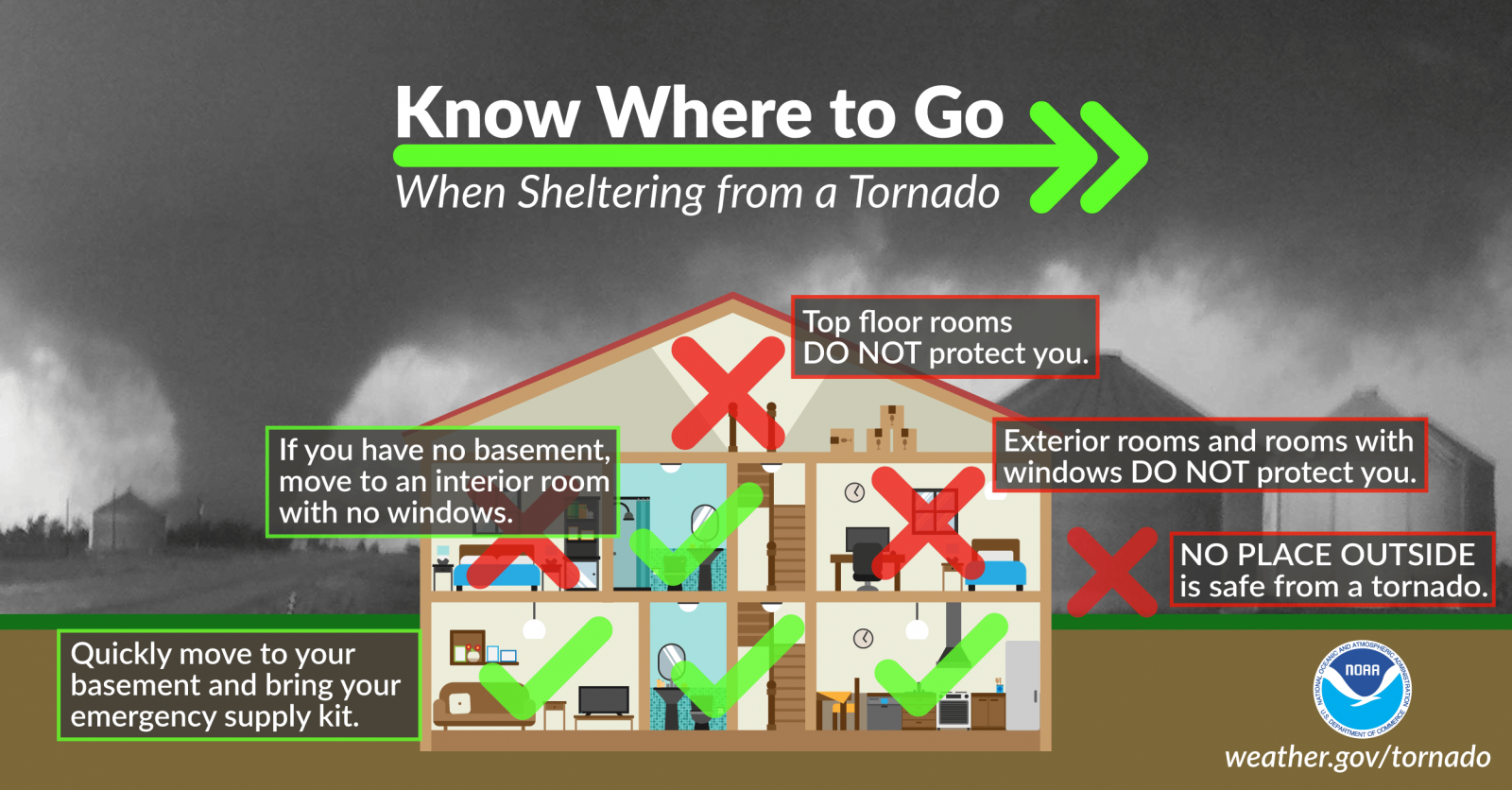It’s Time to Plan For Severe Weather
Safety awareness campaign includes statewide tornado drill.

Some local governments may test their public warning sirens during a statewide tornado drill on March 19, 2025
Do you know what to do when a tornado warning is issued? Do you know the difference between a “watch” and a “warning”? If the answer to either of those questions is “no”, now’s a good time to learn.
April 8-14 is Severe Weather Awareness Week in Michigan. The National Weather Service, Michigan State Police, and local emergency agencies will conduct a statewide tornado drill at 1 p.m. on Weds., April 11. Some communities will activate their tornado sirens at that time, but not all.
Rich Pollman is the warning coordination meteorologist for the NWS office in White Lake Township. He says safety starts with preparation. Knowing where to go when threatening weather approaches can save lives.

“If we have a severe thunderstorm warning, you want to get inside your home and get to the center part of it, away from walls and windows,” Pollman says. “If it’s a tornado warning, you want to get to the basement if you have one available and get underneath your stairs. If a tornado hits your home, debris falls into it.”
Watch vs. Warning
It’s pretty simple: A watch means conditions are favorable for severe weather in a specific area. A warning means severe weather is happening or imminent. Pollman says it’s not a matter of semantics.
“We usually issue (watches) at 4-6, maybe even 8 hours in advance of severe weather,” he says.
“When we issue a warning, it’s time for action. That’s the time to get to shelter. You may only have 10 minutes to get to that shelter before the tornado hits your home.” — Rich Pollman, NWS meteorologist.
There’s More Than One Kind of Deadly Weather

While tornadoes and severe thunderstorms cause a lot of damage, other hazards can be destructive, including lightning and floods. The National Weather Service says since 2007, lightning strikes have killed an average of 30 people per year in the U.S. Pollman says the best way to avoid being hit by lightning is to go indoors as soon as you hear thunder.
“In the average thunderstorm, lightning will actually arc 5 to 10 miles away from the rain area,” Pollman says. “If you waited for the rain before you went to shelter, you’ve already put yourself at risk.”
In 2017, high winds and floods killed 5 people in Michigan and caused more than $200 million in damage.
Click on the audio player to hear the conversation with WDET’s Pat Batcheller.
More from WDET: How to Become a Weather Spotter

